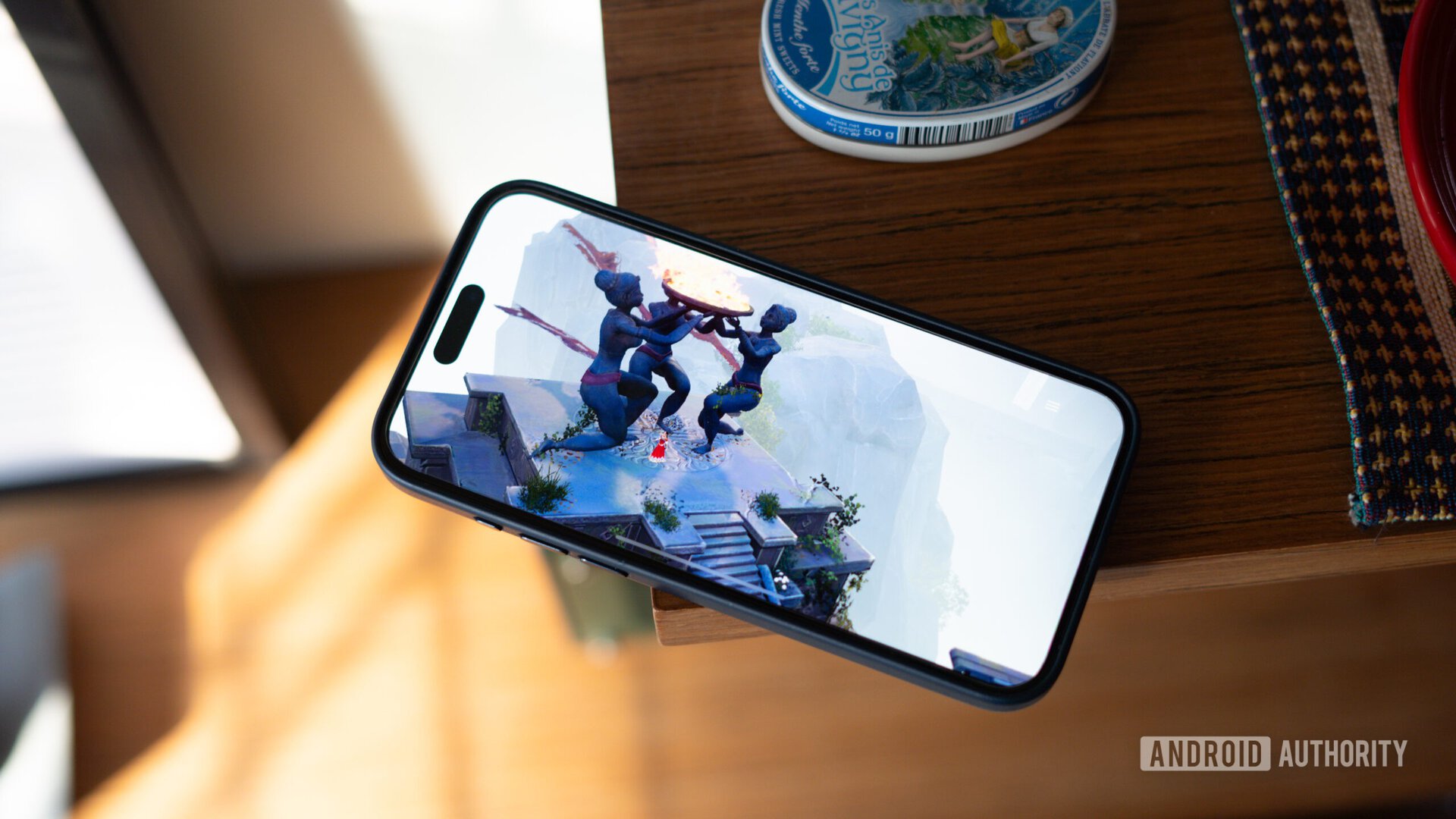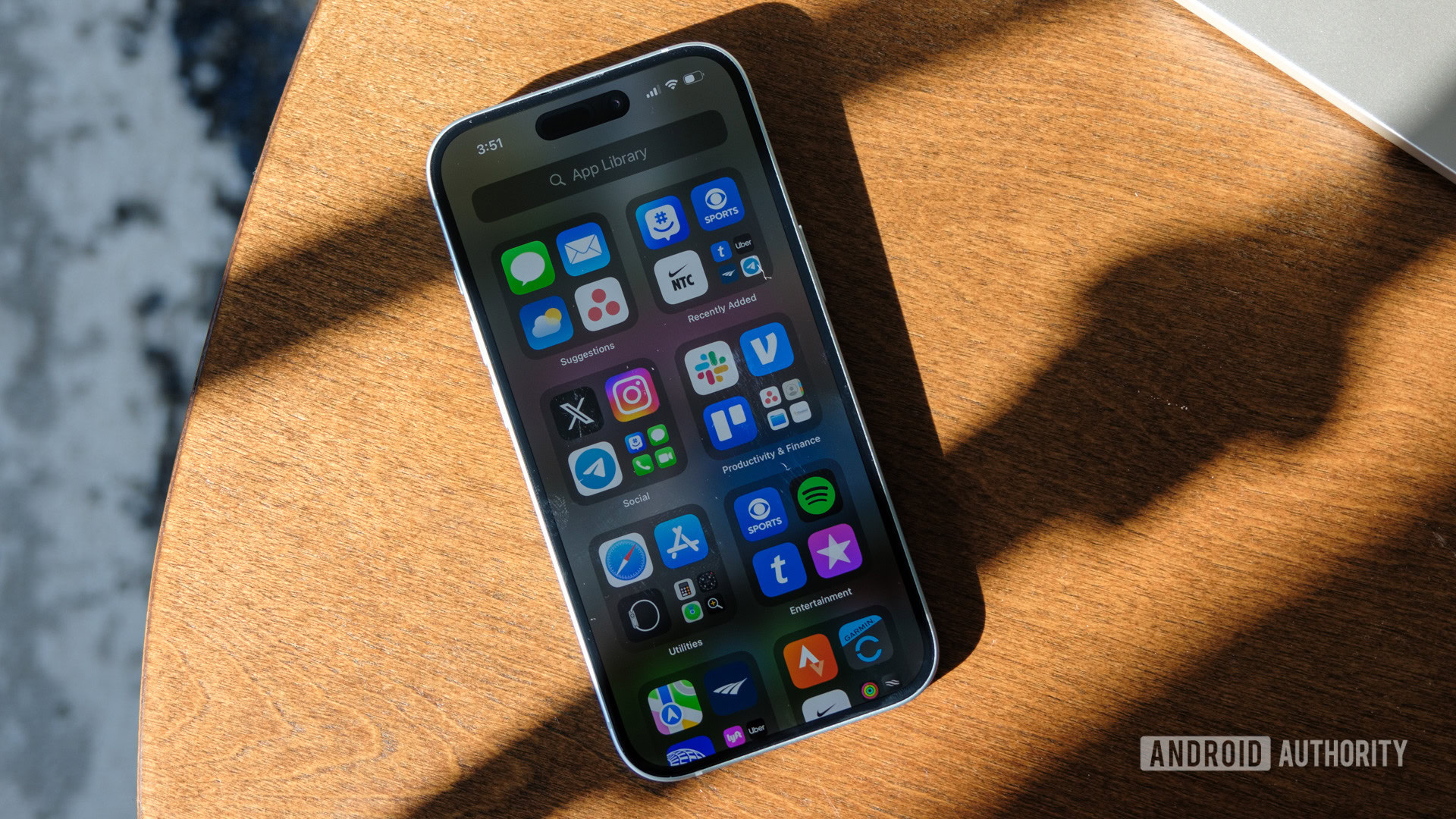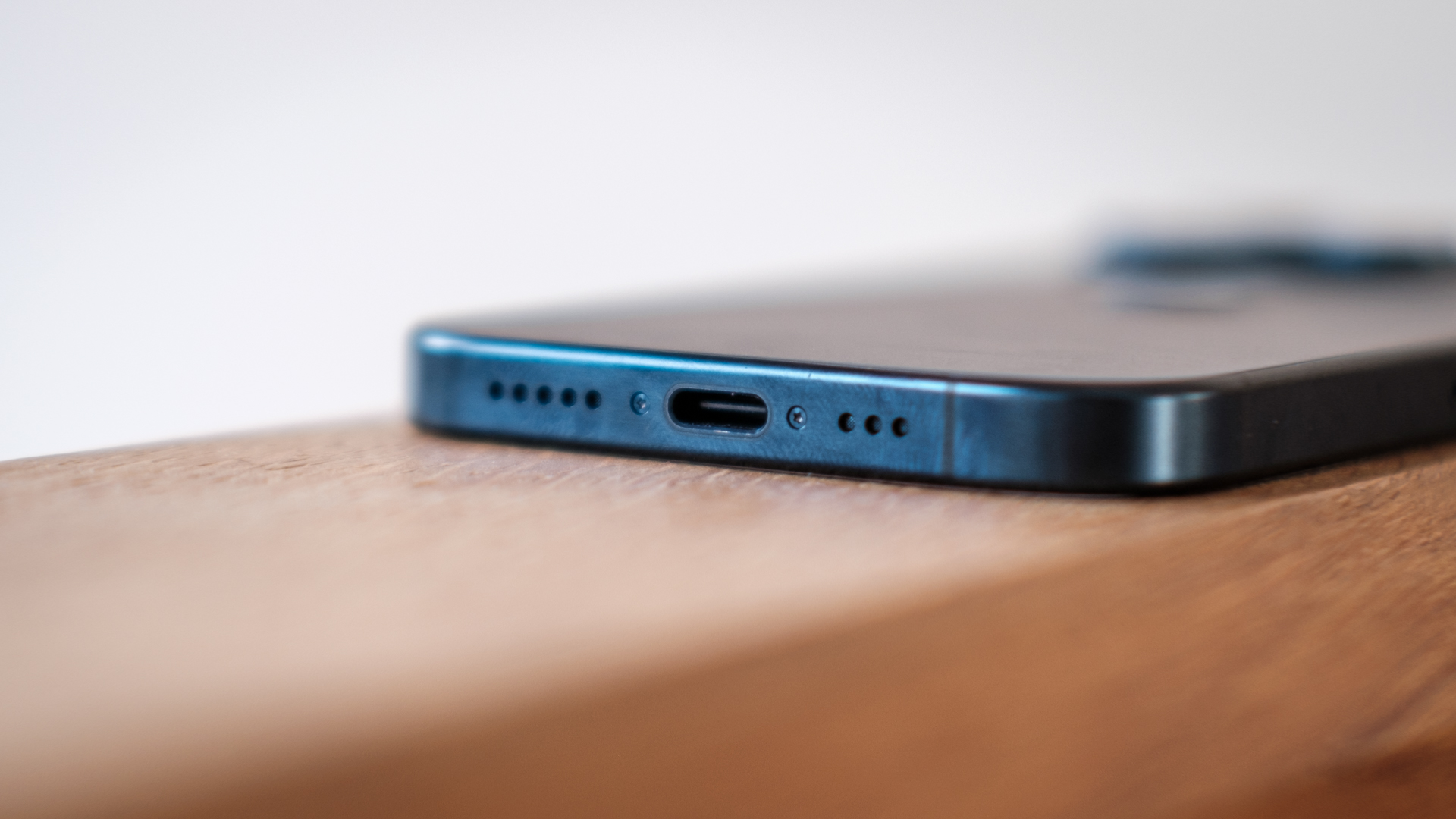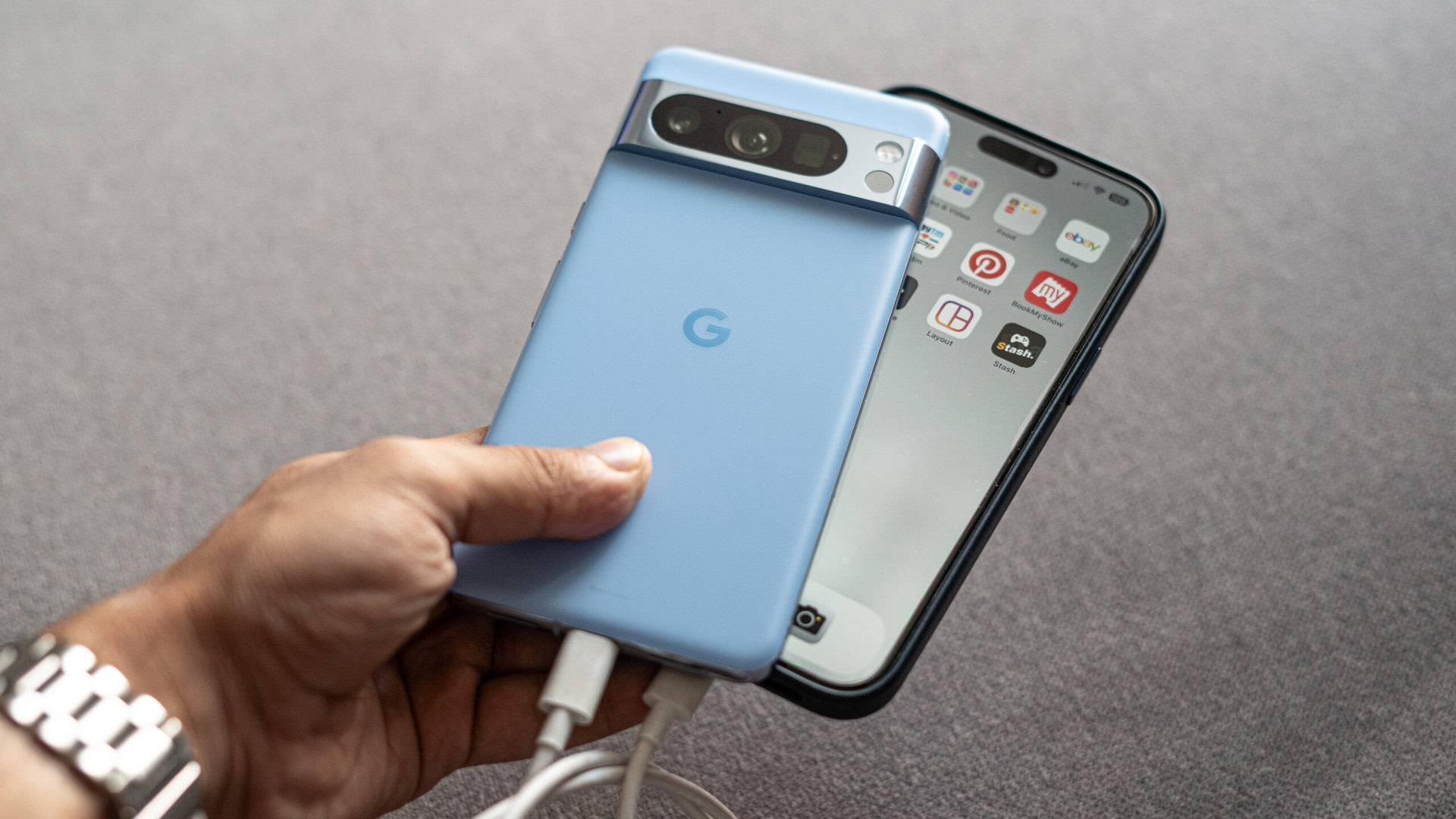Affiliate links on Android Authority may earn us a commission. Learn more.
iPhone 15 series battery life and charging speeds: How long does it last?
Published onMarch 19, 2025

Smartphone releases have become increasingly iterative, with major changes only landing every other generation or so. However, many expected the iPhone 15 series to fall in the latter category as it packs a USB-C port in lieu of the long-standing Lightning connector. USB-C has now become the go-to charging port on all Android smartphones and even many Apple products like the iPad and Macbook. With that in mind, you may also be wondering if Apple has improved battery life or brought faster charging via USB-C to the iPhone 15 series. The answer’s a bit complicated, so let’s break it down.
Editor’s note: The iPhone 16 series has officially replaced the iPhone 15, bringing slightly better battery life across the board.
iPhone 15 and iPhone 15 Pro battery life: What you need to know

Let’s start with the vanilla iPhone 15, as it’s the first and most affordable choice for many smartphone buyers. It packs a 3,300mAh battery, which may seem rather small if you’re coming from any Android phone. However, our iPhone 15 review didn’t find any deficiencies with the phone’s endurance and it will comfortably last you an entire day of use. The same holds true for the Pro model, although you may notice faster drain due to the high-refresh rate display on offer. Stepping up to the Plus and Pro Max variants will net you significantly more headroom and would be a worthy upgrade if you care about battery life.
From the spec sheet alone, we know that the iPhone 15 will last 20 hours while playing back a video file, with that figure dropping to 16 hours if you stream video over the internet instead. The larger iPhone 15 Plus packs a larger battery, so Apple says it will last up to 26 hours and 20 hours, respectively.
How do these numbers compare to last year’s iPhone 14 series? Unfortunately, there’s little to no improvement to speak of. The number of rated hours hasn’t changed, so you may not see a material change in battery life going from the iPhone 14 to the iPhone 15.
The same disappointing story holds true for the Pro models as well. The iPhone 15 Pro and iPhone 15 Pro Max, for example, should last up to 23 hours and 29 hours during local video playback. While impressive, those are the same figures as the previous-gen iPhone 14 Pro models.
That said, the iPhone 15 Pro series has lost a lot of weight compared to its predecessor. Apple has transitioned to a titanium frame, which makes both higher-end phones roughly 10% lighter. That may not sound like a big deal, but most people will definitely notice the difference in their hands.
Even with the weight reduction, Apple has kept battery life constant on the iPhone 15 Pro models. Still, it’s a bit disappointing that Apple couldn’t leverage the efficiency of its new 3nm processing hardware to improve runtimes. Likewise, early rumors indicated that the company would spring for cutting-edge stacked battery tech to improve capacity. That sadly didn’t materialize, so we may need to wait and watch next year’s presentation.
iPhone 15 and iPhone 15 Pro charging speed

The iPhone 15 series has finally brought an end to the Lightning connector and cable. In its stead, we get the universal USB Type-C or USB-C port. Samsung, Motorola, and other Android phone manufacturers use the same port to achieve charging times of under an hour, this means you can charge the iPhone 15 with an Android cable. Even Apple has adopted USB-C Power Delivery to push 100W to the Macbook Pro. However, it seemingly hasn’t budged on charging speeds moving from the iPhone 14 series to the iPhone 15.
Starting with the base iPhone 15 models, Apple still recommends a 20W or higher adapter. That will net you a 50% charge within 30 minutes, exactly the same as the last-generation iPhone 14. But in our testing, you’ll have to wait an entire hour after that point to get a full battery. That’s a zero to full time of 90 minutes, which is quite lackluster in this day and age.
Apple's latest smartphones will still take over an hour to go from zero percent charge to full.
Unfortunately, even the larger and Pro iPhone 15 models do not charge any faster than last year. That said, you do still get 50% charge within 30 minutes despite the larger battery compared to the base model.
Moving on to wireless charging, the iPhone 15 series has become the world’s first Qi2 certified smartphones. Don’t read too much into it, however, as the phones still sport the same MagSafe compatibility and charging speeds as their predecessors. Put simply then, the iPhone 15 supports 15W MagSafe charging and just 7.5W of power via the first-gen Qi protocol. It’s possible that the iPhone will charge at 15W via future Qi2 chargers, but only time will tell.
iPhone 15 charging speed vs. the Android competition

When compared to some of the fastest-charging smartphones on the market, the iPhone 15 series doesn’t impress. The iPhone 13 Pro Max and 14 Pro Max charged at higher than 20W for only brief periods of time, and the largest phone in the iPhone 15 family continues that trend for another painful year. But the end result is still a respectable total charge time of around 100 minutes. Here’s a quick table showcasing what you can expect from the iPhone 15 alternatives on offer.
| Smartphone | Peak Charging Power | 0-50% charge time |
|---|---|---|
| Smartphone iPhone 15 | Peak Charging Power 20W | 0-50% charge time 30 minutes |
| Smartphone iPhone 15 Pro Max | Peak Charging Power ~27W | 0-50% charge time ~25 minutes. 30 minutes with 20W adapter |
| Smartphone Galaxy S23 Ultra | Peak Charging Power 45W | 0-50% charge time 17 minutes |
| Smartphone OnePlus 11 | Peak Charging Power 100W | 0-50% charge time 10 minutes |
| Smartphone Pixel 7 | Peak Charging Power 21W | 0-50% charge time 30 minutes |
Google was one of the last holdouts that didn’t budge from the 20W charging power limit, but that changed shortly after the iPhone 15’s release. The Pixel 8 series gets faster charging and can complete a zero to full run in an hour.
All in all, the iPhone 15 series doesn’t exactly impress in the battery life or charging department. However, the transition to USB-C is a major convenience win and could justify an upgrade on its own. And for better or worse, owners of Apple’s 20W charger won’t have to worry about buying a new adapter.